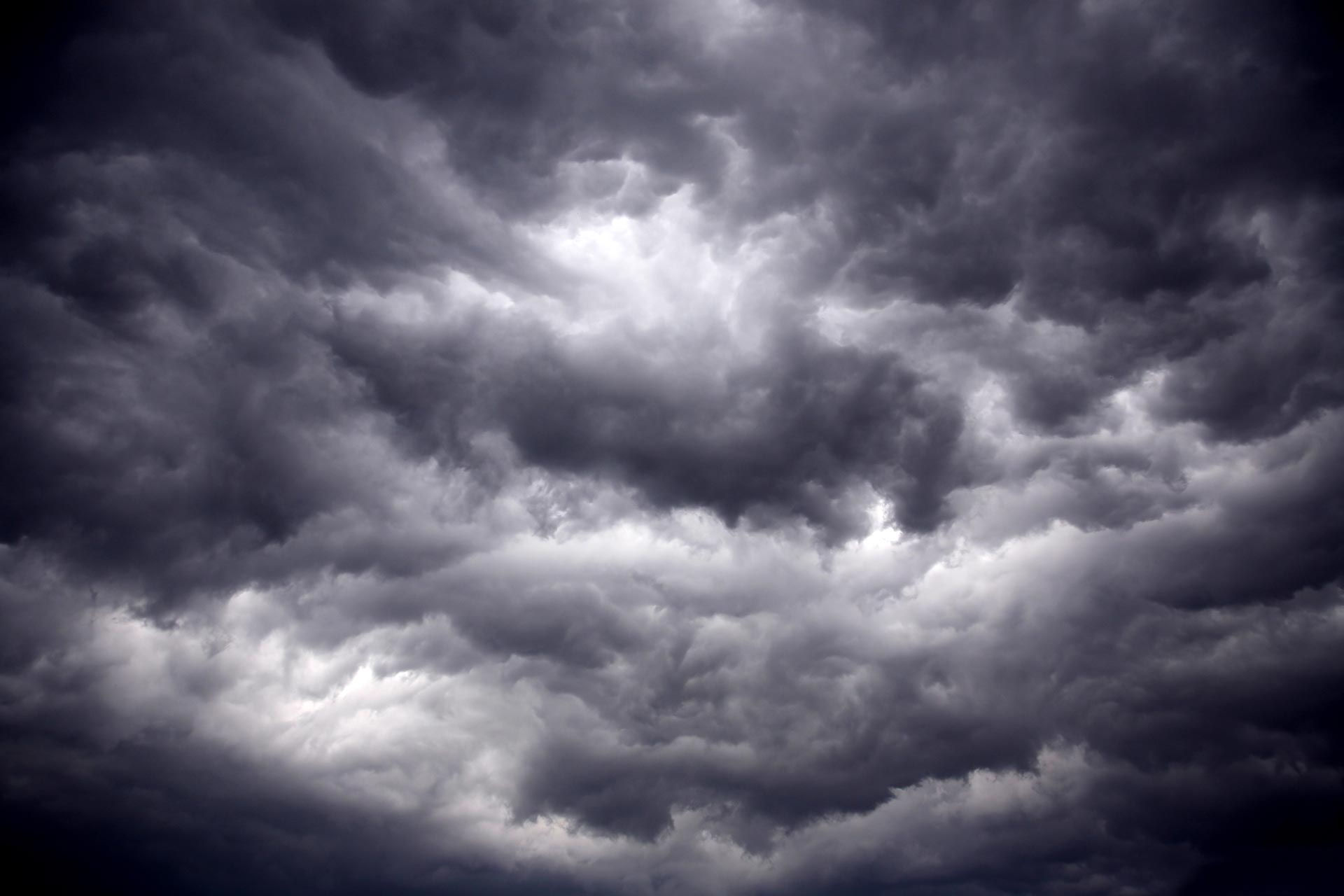A FLAG FLAPPER...
- terryswails1
- Jun 7, 2024
- 3 min read
A vigorous upper air disturbance diving southeast out of Canada set up a wild day of winds Thursday. The strong late spring disturbance is shown here at 500mb digging into the Great Lakes.

Between a strong ridge of high pressure to the west and a deep surface low north of Lake Superior, a tight pressure gradient developed over the Midwest. It's evident in the black lines aligned from NW to SE. That's a sure recipe for gusty winds, and sure enough we had some real flag flappers. In blue, you can also see snow falling over northern Manitoba. Impressive for June.

Here in blue, you can see the temperature departures at 850mb (5,000 ft. up). That allowed the snow in Canada. Additionally, the cold air at 850, created a powerful jet stream aloft in what's known as cyclonic flow. Some of that wind mixed down to the surface, and teamed with the tight pressure gradient, enhanced the gusts even further. Speeds of 40-50 mph were reported over the region from late morning into the afternoon.

Anamosa in EC Iowa reported a gust to 57mph. With crops still in their early formative states, the exposed soils of local fields were vulnerable to the powerful gusts. The images below, from the NWS show visibility cut to near zero in spots due to blowing dust.

By the way, this is snow (up to 10 inches), that is forecast the next 36 hours in central Canada. No thanks!

Overnight, with less mixing due to the absence of sunshine, winds quickly tailed off to tolerable levels after sunset. However, they will rev up again tomorrow under similar conditions. They are not likely to be as strong as what we saw Thursday, but gusts over 30 are still a good possibility. A skirt alert is in effect. Aside from that, highs will range from the upper 60s north to the mid 70s south, with a few fair weather cumulus.
Late Friday night and Saturday, another disturbance swings into the Midwest. Warm air advection may create a thunderstorm complex in western Iowa that may just graze far southeast Iowa and WC Illinois towards daybreak. The worst of it stays south. Further north Saturday afternoon, another area of lift has the potential to squeeze out some light showers in my counties near HWY20. As it stands now, the more substantial rains should stay just north or south of the region with this double barreled system. Models are currently showing this for rain totals.
The EURO

The GFS

The 3k NAM

Clouds in the north could suppress temperatures Saturday, especially in the far north, where readings may hold in the upper 60s. Elsewhere, highs should reach the low to mid 70s further south.
Sunday is most likely going to be a dry day, but that's not a given. The EURO has highs in the mid to upper 70s with dry conditions. However, the GFS handles energy differently by closing off a compact upper air low that slides southeast over Iowa. It brings clouds and even a chance of rain to the north in the afternoon that lingers much of Monday. I have reservations about the aggressive solution the GFS depicts. Look at the difference in 24 hour precipitation totals from the GFS to the EURO Sunday night through Monday.
The GFS

The EURO

I can't say for certain, but I will be surprised if rainfall is anywhere near as heavy as what the GFS indicates. I certainly hope not! Anyway, Sunday night to Monday is a time to watch with confidence currently on the low end.
Long term, signs are there for an evolution to a much warmer pattern in about a week. Here's the 500mb flow on the EURO the evening of June 16th

The temperature anomalies for the same time.

Highs on the EURO ensemble go from the low 70s the 11th to the low 90s the 14th.

Meantime, we close the week out with another blustery, comfortable day of weather. Hold onto your hat. Roll weather...TS
















Comments